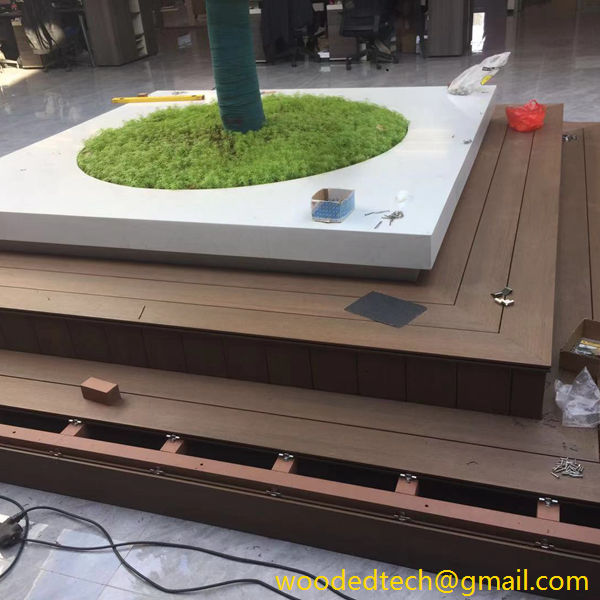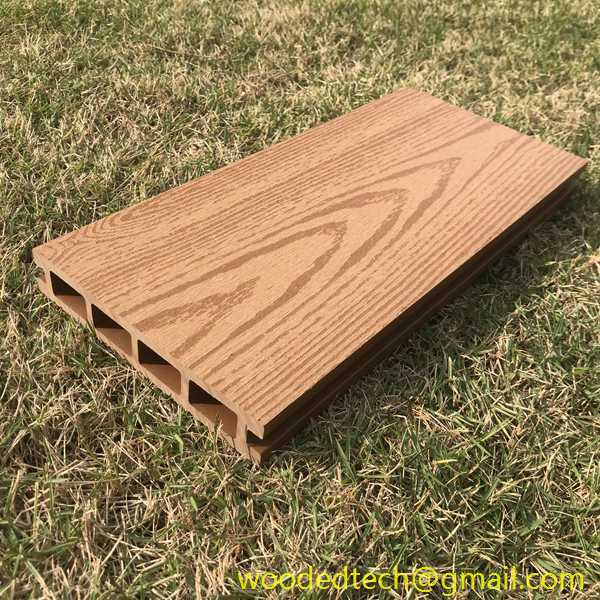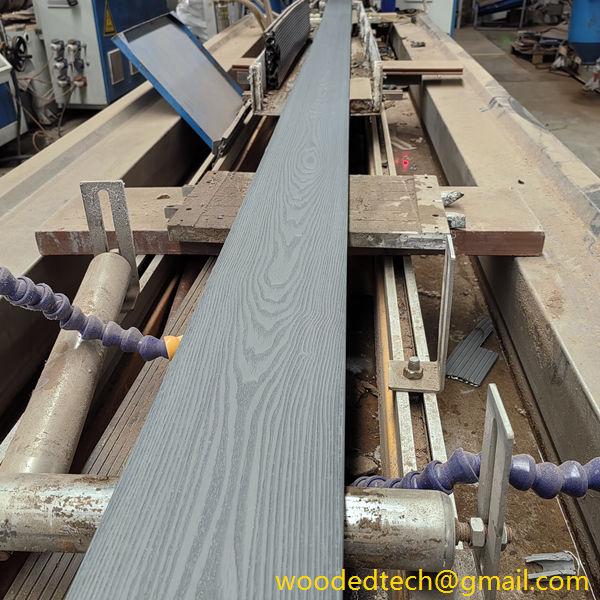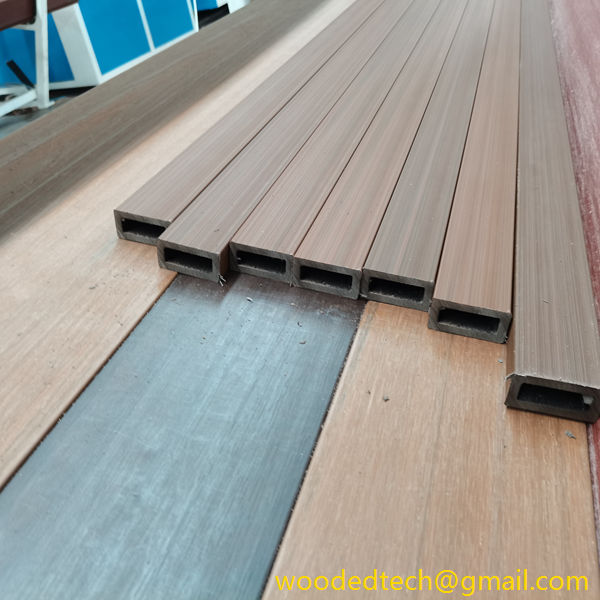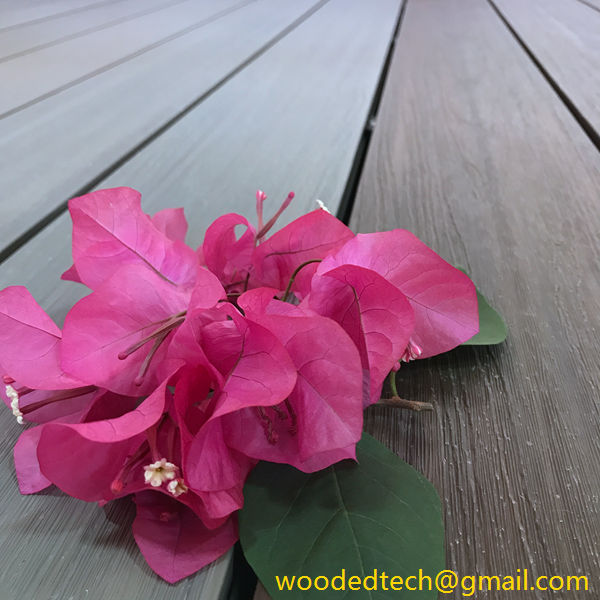Exploring the Versatility of WPC Fence Panels for Durable and Attractive Outdoor Fencing Solutions
In the realm of outdoor fencing solutions, the demand for materials that combine durability, aesthetics, and sustainability is on the rise. Wood plastic composite, commonly known as WPC, has emerged as a popular choice for fence panels, owing to its unique properties that cater to diverse needs. This article delves into the production process of WPC fence panels, highlighting their versatility and the advantages they offer as a fencing solution.
WPC is a composite material made from a blend of wood fibers and thermoplastics, which can include recycled plastics. This combination creates a product that harnesses the benefits of both wood and plastic. The production of WPC involves several key steps, starting with the selection of raw materials. The wood fibers used in WPC are often sourced from sawdust or wood shavings, which are byproducts of the lumber industry. This not only promotes sustainability by reducing waste but also ensures that the wood fibers are of high quality.
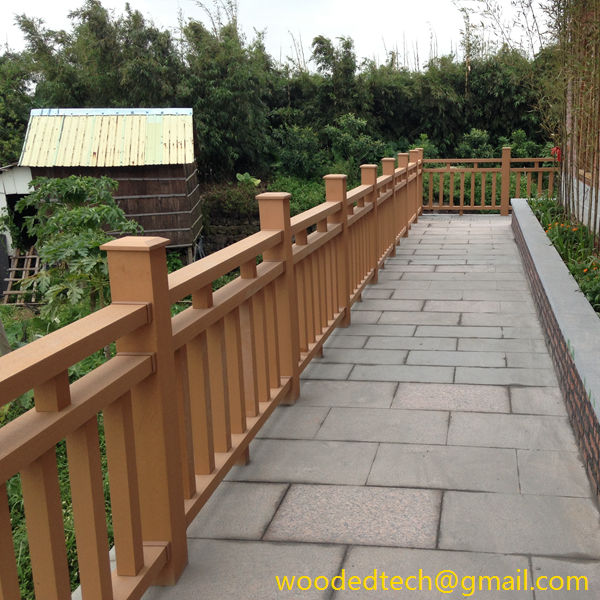
The first step in the manufacturing process is the preparation of these wood fibers. They are cleaned and processed to achieve the desired size and consistency. Simultaneously, the thermoplastic component, typically polyvinyl chloride or polyethylene, is also prepared. The ratio of wood to plastic can be adjusted according to the desired properties of the final product. By modifying this proportion, manufacturers can influence the strength, flexibility, and overall durability of the WPC fence panels.
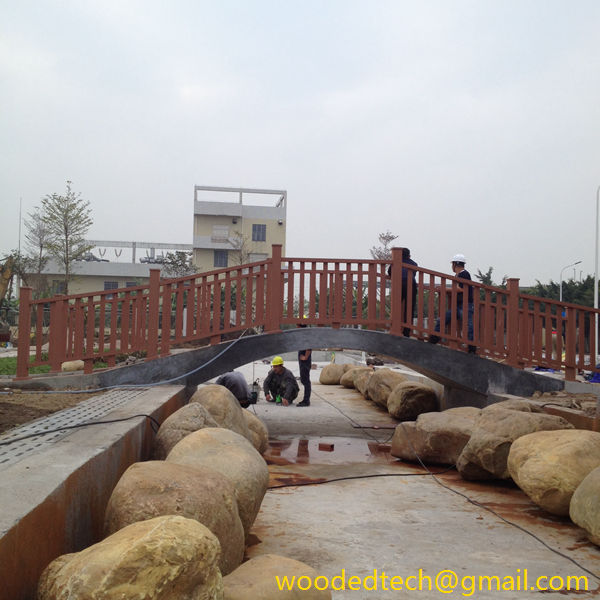
Once the raw materials are prepared, they are mixed together in a controlled environment. This step is crucial, as achieving a uniform blend is essential for the performance of the final product. The mixing process typically involves high temperatures and pressures, which help to melt the thermoplastic and allow it to coat the wood fibers evenly. This not only enhances the bonding between the two materials but also contributes to the water resistance and longevity of the fence panels.
After mixing, the material is extruded into the desired shape and size of the fence panels. This process involves forcing the composite mixture through a die, which shapes it into continuous lengths of fencing material. The extrusion process can be customized to create various profiles and designs, allowing for a wide range of aesthetic possibilities. Manufacturers can produce fence panels with different textures, colors, and finishes, making it easy for homeowners to find options that complement their outdoor spaces.
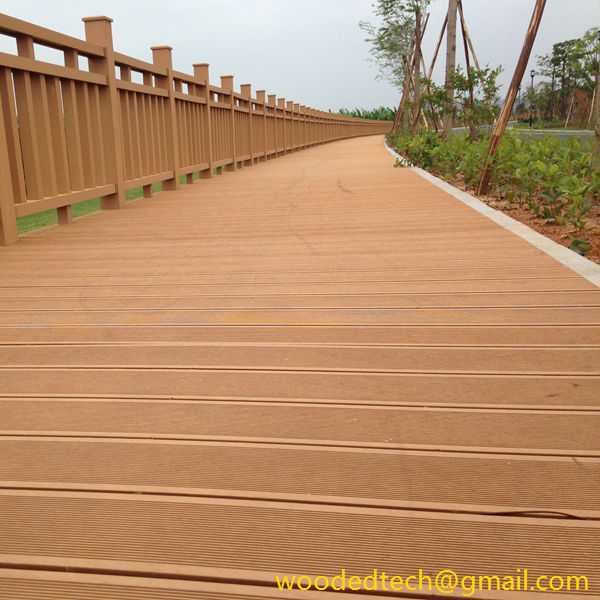
Following extrusion, the WPC panels undergo a cooling process, which solidifies their shape. This is typically done using water baths or air cooling methods. Once cooled, the panels are cut to size and may undergo additional treatments, such as sanding or coating, to enhance their appearance and resistance to environmental factors. Some manufacturers also apply UV inhibitors to the surface of the panels, which helps to prevent fading and degradation from sunlight exposure over time.
One of the key advantages of WPC fence panels is their exceptional durability. Unlike traditional wood fencing, which is susceptible to rot, insect damage, and warping, WPC panels are designed to withstand harsh weather conditions without compromising their structural integrity. This makes them an ideal choice for regions with extreme climates or high humidity. Additionally, WPC is resistant to staining and requires minimal maintenance, allowing homeowners to enjoy their fencing without the need for frequent repairs or replacements.
Another notable benefit of WPC fencing is its environmental impact. As mentioned earlier, WPC incorporates recycled materials, which helps to reduce waste and promote sustainability. Furthermore, the production process of WPC consumes less energy compared to that of traditional wood products. For eco-conscious consumers, this makes WPC an appealing choice for outdoor fencing solutions.
In terms of aesthetics, WPC fence panels offer a versatile range of design options. They can be manufactured in various colors and textures, mimicking the look of natural wood while providing the benefits of plastic. This versatility allows homeowners to create visually appealing outdoor spaces without sacrificing performance. Whether one prefers a classic wooden appearance or a modern, sleek look, WPC fencing can cater to these diverse tastes.
In conclusion, WPC fence panels stand out as a versatile and practical solution for outdoor fencing needs. The production process, characterized by the careful selection and blending of materials, results in a product that offers durability, low maintenance, and a range of aesthetic options. As consumers increasingly seek sustainable and attractive fencing solutions, WPC panels emerge as a compelling choice that meets these demands while enhancing the beauty and functionality of outdoor spaces.

